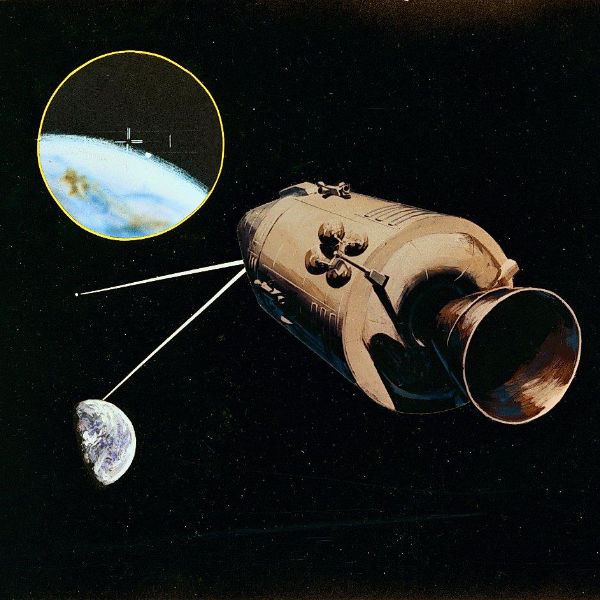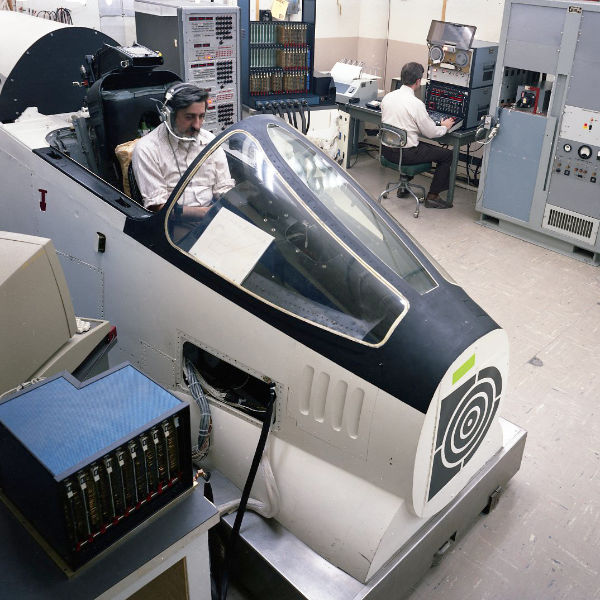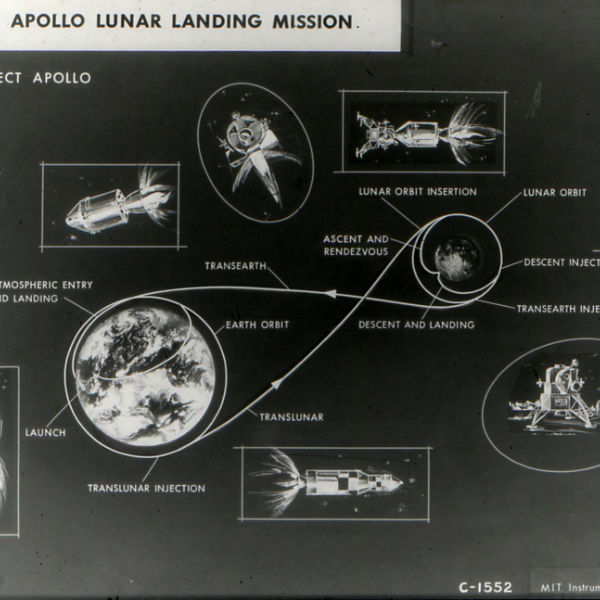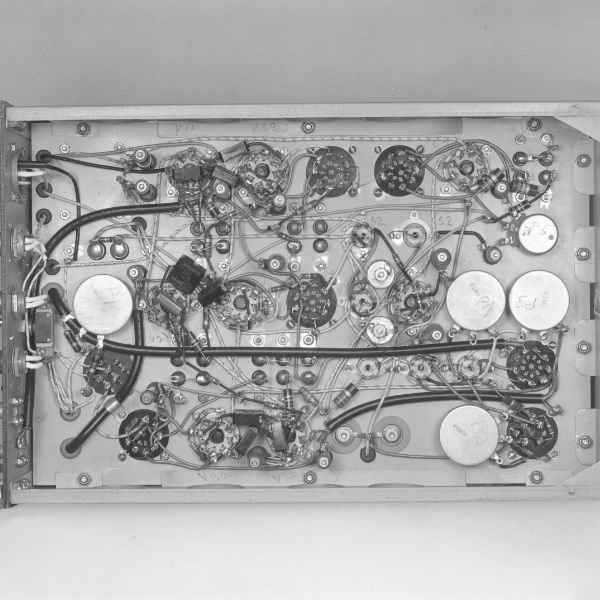Clever engineering and extensive testing meant that an emergency alarm didn’t halt Apollo 11.
Neil Armstrong's historic "giant leap for mankind" on July 20, 1969 almost didn't happen. Armstrong and Buzz Aldrin were descending in the Lunar Module (LM), preparing to make the historic first landing on the moon when, several thousand feet above the surface, the onboard computer guiding the LM suddenly flashed a 1202 alarm—computer overload. NASA needed to make a split-second decision: Abort a $10 billion mission, or override the alarm and proceed, sending two men to the surface of the moon.
"You have to constantly keep in mind the amazing… constraints we had to work with in programming the LGC. There were 36,864 15-bit words of what we called 'Fixed' memory, which today would be called ROM, and 2048 words of 'Erasable' memory or RAM. With only rare exceptions, all of the executable code was in the Fixed memory, along with constants and other similar data. Erasable memory was used for variable data, counters, and the like. With so little Erasable memory available, we were forced to use the same memory address for different purposes at different times."
Why did it happen? The LM landing was divided into three phrases: braking, visibility, and semi-manual landing. During the braking phase, one of the on-board computer’s (DSKY) main tasks was to get the landing radar locked onto the moon’s surface. Buzz Aldrin keyed in a special display in order to watch the landing radar data. As soon as he did, the 1202 alarm unexpectedly lit up on the DSKY. Too many commands meant the computer had run out of memory space requiring a reboot—which also meant an automatic mission abort.
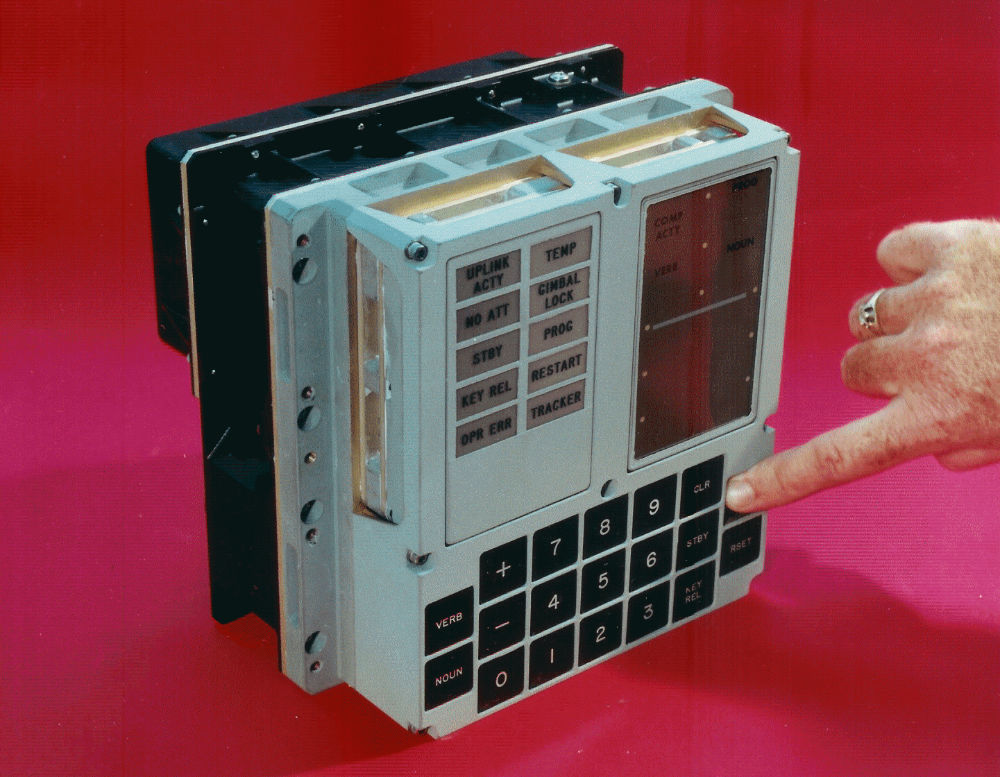
The world's first keyboard, at least as we know it nowadays, comes from the onboard DSKY (short for Display & Keyboard).
Back on Earth, Jack Garman, a NASA mission specialist, was in Houston at Mission Control. He checked the cheat sheet with the software codes and overrides and saw that the priority system would kick in and process the important tasks first. “On Apollo 11, each time a 1201 or 1202 alarm appeared, the computer rebooted, restarted the important stuff, like steering the descent engine and running the DSKY to let the crew know what was going on, but did not restart all the erroneously-scheduled rendezvous radar jobs,” says Draper engineer Peter Adler. “The NASA guys in Mission Control knew—because MIT had extensively tested the restart capability—that the mission could go forward.” The mission was still a go. Thanks to engineering foresight, the Eagle landed on the moon.
Margaret Hamilton: Well it's never going to happen because the astronauts are so well trained.
Don Eyles: They did in fact come within about 30 seconds of running out of fuel…
Lorem ipsum dolor sit amet, consectetur adipiscing elit. Suspendisse varius enim in eros elementum tristique. Duis cursus, mi quis viverra ornare, eros dolor interdum nulla, ut commodo diam libero vitae erat. Aenean faucibus nibh et justo cursus id rutrum lorem imperdiet. Nunc ut sem vitae risus tristique posuere.
Lorem ipsum dolor sit amet, consectetur adipiscing elit. Suspendisse varius enim in eros elementum tristique. Duis cursus, mi quis viverra ornare, eros dolor interdum nulla, ut commodo diam libero vitae erat. Aenean faucibus nibh et justo cursus id rutrum lorem imperdiet. Nunc ut sem vitae risus tristique posuere.
Lorem ipsum dolor sit amet, consectetur adipiscing elit. Suspendisse varius enim in eros elementum tristique. Duis cursus, mi quis viverra ornare, eros dolor interdum nulla, ut commodo diam libero vitae erat. Aenean faucibus nibh et justo cursus id rutrum lorem imperdiet. Nunc ut sem vitae risus tristique posuere.
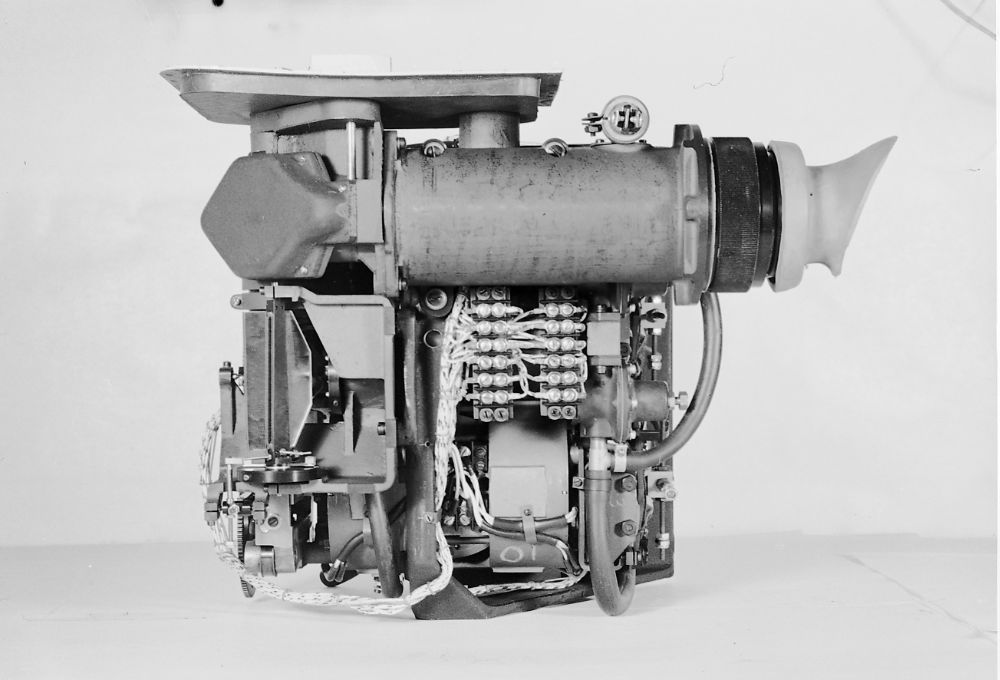
We were right at the beginning of the computer revolution, and before long, lens design would be done with tools very different from and very much better and faster than the traditional tools available to Ruben [Gelles] and his generation.
Lorem ipsum dolor sit amet, consectetur adipiscing elit. Suspendisse varius enim in eros elementum tristique. Duis cursus, mi quis viverra ornare, eros dolor interdum nulla, ut commodo diam libero vitae erat. Aenean faucibus nibh et justo cursus id rutrum lorem imperdiet. Nunc ut sem vitae risus tristique posuere.
Lorem ipsum dolor sit amet, consectetur adipiscing elit. Suspendisse varius enim in eros elementum tristique. Duis cursus, mi quis viverra ornare, eros dolor interdum nulla, ut commodo diam libero vitae erat. Aenean faucibus nibh et justo cursus id rutrum lorem imperdiet. Nunc ut sem vitae risus tristique posuere. O
